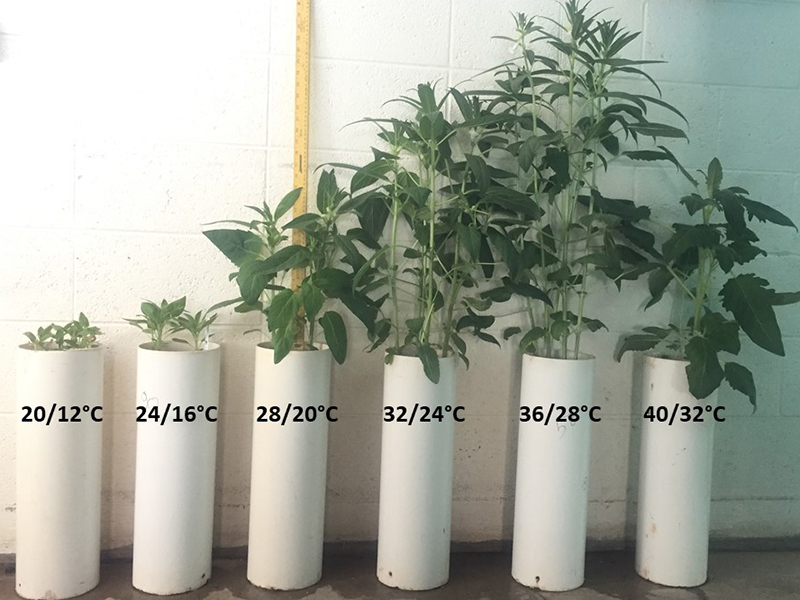
Obviously a crop easily integrated into our rotations. The interesting question is just how much the market can be expanded. It is already well utilized in China.
This tells us that the process is afoot and production will soon be a real thing.
all good.
Sesame cultivation: expansion versus temperature stress
Increasing genetic diversity protects against total crop failure
About us: This blog is sponsored and written by members of the American Society of Agronomy (ASA) and Crop Science Society of America (CSSA). Members are researchers and trained, certified professionals in the areas of growing the world's food supply while protecting the environment. They work at universities, government research facilities, and private businesses across the U.S. and around the world.
September 7, 2021 – Sesame is one of the most versatile crops. Sesame seeds are a reservoir of healthy fats and protein. The oil extracted from sesame seeds is a premium cooking oil. It’s often acknowledged as “the queen of oils” due to its high concentration of antioxidants. The September 7th, 2021 Sustainable, Secure Food Blog explores more about sesame seed cultivation.

According to blogger Gurjinder Baath, there are several reasons farmers choose to grow sesame:
Due to its short growing season, it can be easily added to various crop rotations.
Sesame requires lower resources and offers more return (less risk) than other crops.
Farm equipment that farmers already have can be used for growing sesame.
Sesame is known for its heat, drought, disease, and insect tolerance. It is also less susceptible to economic damage from wild hogs, deer, or birds.
Sesame has low water use during the drying phase that leads to more soil water storage for the subsequent crop in double-cropping systems.
The brittle sesame residue controls soil erosion like higher residue crops, without the need for excess residue bailing equipment.
Researchers at Oklahoma State University, where Baath works, have been investigating the potential impacts of different air temperatures on sesame growth, yield, and physiology. They hope to define suitable regions for sesame cultivation as well as develop adaptation strategies for offsetting the impacts of future climate change.
Future research will study the factors responsible for temperature tolerance in sesame. Genetic evaluation of sesame is necessary to identify varieties capable of maintaining reproductive development under high temperatures. This will provide a broader geographic adaptation and sustain crop yields under current and future climates.
To learn more, read the entire blog: https://sustainable-secure-food-blog.com/2021/09/07/sesame-cultivation-expansion-versus-temperature-stress/
Photo: Researchers at Oklahoma State University are studying sesame to determine which varieties grow best under different conditions like heat and water stress. Shown: growth of sesame across six temperature treatments. Credit: Gurjinder Baath
No comments:
Post a Comment